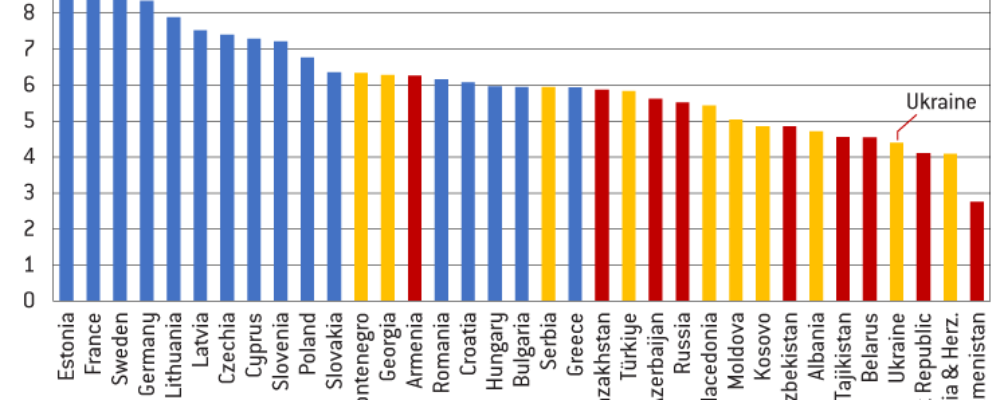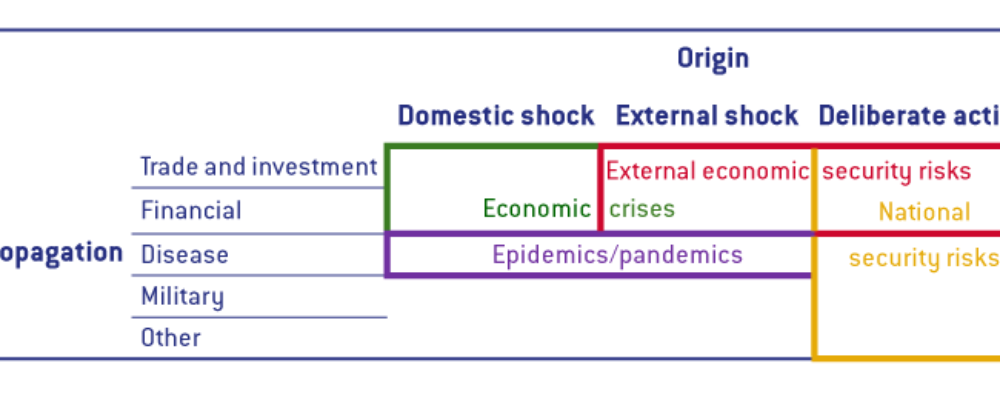There is however a solution that would avoid the risk of an early degeneration of the reform. It would require a clarification that, even if a country has been placed in an EDP only for breach of the deficit criterion, it should also satisfy the debt criterion of the EDP for the procedure to be abrogated. At first sight this specification would seem to contradict the provisions quoted above, which seem to entitle a country to exit the procedure once it has brought its deficit below 3 percent of GDP, if the EDP was opened based on the deficit criterion. However, the provisions could be read as implying that, for countries with debt in excess of 60 percent of GDP, the deficit condition should be considered as necessary, but not sufficient for the abrogation of the EDP. An argument supporting this reading is that it would be fully in line with the specifications on the abrogation of the EDP agreed by the Council in the aftermath of the ‘six-pack’ reform, which posed for the first time the question of the interplay between a deficit-based and debt-based EDP.
To make the proposed solution work, two further questions would need to be addressed.
The first concerns the adjustment path that that deficit-based EDPs should prescribe to countries with debt in excess of 60 percent of GDP. If the adjustment is to be conducive to satisfying also the debt criterion, then it would seem evident that, even if opened for breach of the 3 percent deficit threshold, an EDP should cover the entire adjustment period under the MTFSP, the rationale of which is to achieve debt sustainability
. This would reinforce the conclusion that the adjustment path under an EDP should not be inconsistent with the debt-sustainability requirements of the preventive arm (Risk 1).
The second question is how to define the condition for abrogation of the debt-based EDP, which would have to apply to all countries subject to an EDP, if their debt exceeds 60 percent of GDP. The abrogation provisions quoted above make sufficiently clear that a debt-based EDP cannot be abrogated if the country does not respect the structural adjustment (“net expenditure”) path. The provisions are not equally clear, however about the length of the period during which compliance with the net expenditure path should be ensured, before the EDP can be abrogated.
If it is accepted that the period covered by the EDP should in principle coincide with that covered by the MTFSP, this would seem a natural reference for verifying that the abrogation condition has been satisfied. Two further specifications could be added to complete the conditions to qualify for abrogation: allowing for early abrogation of the EDP in case the sustainability requirements have been achieved (an unlikely scenario for high-debt countries); and requiring a minimum period of uninterrupted adherence to the net expenditure path before abrogation. Note that the latter specification was explicitly envisaged in the original Commission proposal for reforming the EDP regulation
. It could be reintroduced in the revision of the Code of Conduct or analogous specifications following the entry into force of the reform. Finally, it would be desirable that the conditions for escalating the EDP should be clarified, in particular whether the above-described ‘nominal bias’ (Risk 2) should continue to constrain the operation of the debt-based EDP.
Conclusion
There is a risk that implementation of the forthcoming deficit-based EDP could lead to an unravelling of the entire reform. This could happen if the implementation allows high-debt countries: i) to undertake, at least initially, less fiscal adjustment than they would be required to under the new preventive arm, that is, if they were outside an EDP; ii) to further postpone the adjustment in the course of an EDP without having to face consequences; and, above all, iii) to exit an EDP purely based on the achievement of the 3 percent of GDP deficit threshold.
This may not be the intention of the prescriptions that countries will receive when the EDPs are opened. It may well be the outcome by the time the EDPs are closed, based on past experience with the implementation of the SGP.
Preventing this requires a common understanding between the Council and the Commission that:
- The adjustment path prescribed under the deficit based-EDPs should be consistent with the debt-sustainability requirements of the preventive arm.
- A deviation from the initial adjustment path during should not result in a revised path that moves further away from the debt-sustainability requirements and does not trigger any penalties under the EDP.
- Even if a country has been made subject to an EDP only for breach of the deficit criterion, it should also satisfy the EDP debt criterion for the procedure to be abrogated. The conditions for abrogation and escalation of the debt-based EDP should be clarified.
A common understanding on these points could be put forward by the European Commission and endorsed by the Council.
One might object that the understanding proposed under 1), while fully in line with the overall logic of the reform, would run, in the author’s view, against an apparent tacit understanding reached at the time of the adoption of the reform allowing for some backloading of adjustment (as reflected in particular by the temporary relaxation of the normal adjustment requirement under the EDP). Irrespective of the existence or the value of such a tacit understanding, allowing any temporary deviation from the debt-sustainability requirements would make even more important to affirm the understandings proposed under 2) and, crucially, 3).
Enforcement has consistently proved the weakest link in the system of EU fiscal rules. The 2024 reform will be judged a success not for having managed to achieve a fragile consensus on new rules, but if the new rules are shown to improve the incentives for countries to avoid potentially unsustainable debt trajectories.
Established in 2005, it is independent and non-doctrinal. Bruegel’s mission is to improve the quality of economic policy with open and fact-based research, analysis and debate. We are committed to impartiality, openness and excellence. Bruegel’s membership includes EU Member State governments, international corporations and institutions.
Please visit the firm link to site






